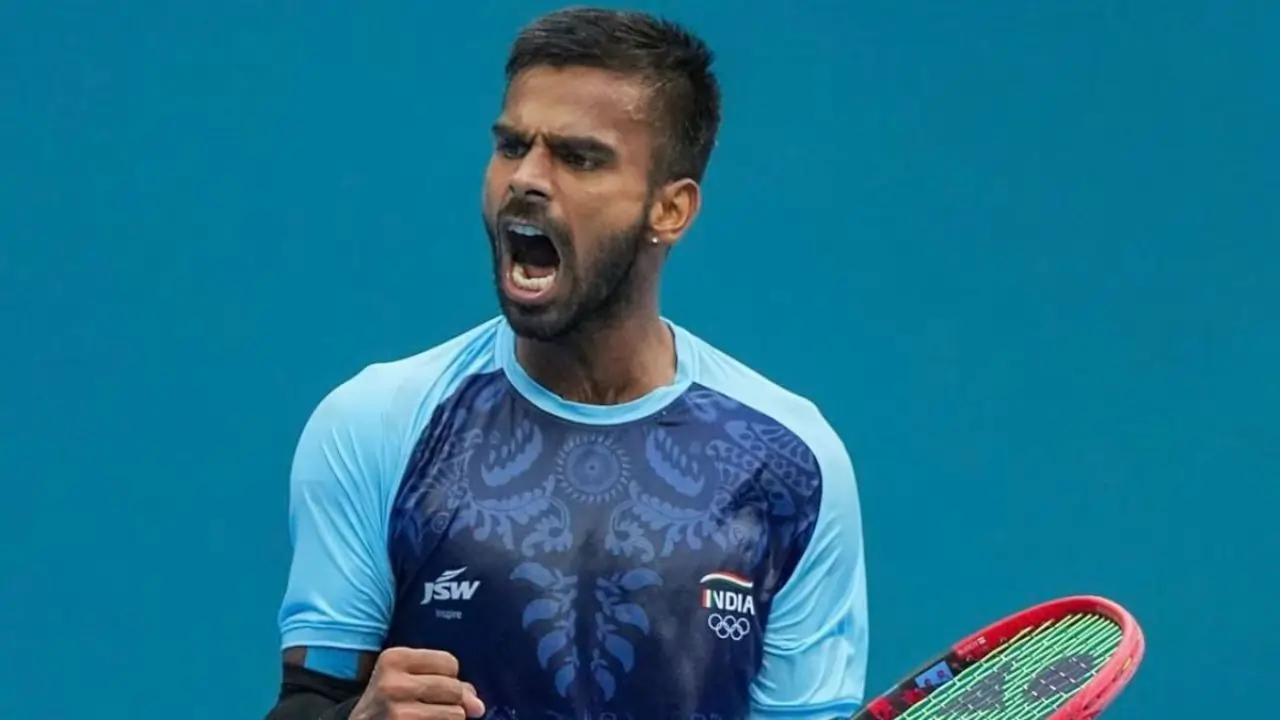
Shirse smashes record, with a little help from Elmo
3 months ago | 18 Views
The boarding announcement is audible in the background as Tejas Shirse struggles to wrap up the conversation. There's a lot he wants to share about his journey, from his humble beginnings in Maharashtra's Sambhaji Nagar to becoming the country's fastest male hurdler to finally being able to support his family, thanks to a recent Railways job he landed. For now though, less than 24 hours after he has run a 13.41s race to break the national record at the Motonet GP in Finland's Jyvaskyla, he must hop on to a plane to Brussels for the IFAM Outdoor meet (May 25-26), a World Athletics Continental Tour bronze level event. There are more races to be run, more hurdles to be crossed.
For the past month or so, the seven-member group of track athletes, including Shirse, has been training in Spain's Tenerife island. Criss-crossing countries for competitions, craving home food, overcoming bouts of loneliness, Shirse reckons he has grown by leaps and bounds, both as a person and as an athlete.
"I have been literally living out of a suitcase, but it has been a great learning curve. I have improved a lot technically as well," he said.
An unlikely catalyst in his growth story has been Finland's elite hurdler Elmo Lakka. The Tokyo Olympics semi-finalist trained with the Indian bunch of athletes in Spain, and the subtle inputs he passed on to Shirse helped him shave off crucial micro-seconds.
"I had 3-4 training sessions with him. I asked him about his Olympics experience and he told me the trick lies in taking it as just another race. If you think it is the most important race of your life, you will ruin it," Shirse said.
Technically, Shirse observed his lead leg would "fly" over the hurdles while Elmo's would "snap beautifully." In hurdles, the athlete's endeavour is to minimise the time between take-off and landing without hitting the hurdles. Shirse's style, he noticed, was proving counterproductive.
Elmo's suggestion to initiate the take off from a little farther back worked wonders for Shirse. "He also advised me to snap the lead leg (his left) with the hamstring instead of the knee. It really helped improve the timings," said Shirse, who has surpassed his previous best time of 13.60s — set last year — thrice already in Europe.
Another area of improvement is his posture at the hurdles. For Shirse, who stands six-feet tall — an average height among male hurdlers — the 106.7cm obstacles are almost waist high. Jumping over them from the spot he was used to meant Shirse was losing momentum.
"I need to stand as tall as possible. I also need to keep my body forward to make full use of the momentum. Hurdles is a stop-start discipline and it is tough to retain speed. For that, I try to keep my feet under my hips as it helps preserve momentum," he explained.
The 21-year-old also endured an injury to his left shin coming into the competition. Shirse stumbled over a hurdle in the Netherlands during training earlier this month, two days after he won the Harry Schulting Games there (13.56s). "It was a bad fall and I slid on the track, causing a friction burn. I couldn't walk for the next two days," he said.
He then travelled to Germany for the B&S Kurpfalz Gala Weinheim and took the second spot with a time of 13.60s. “That result gave me a lot of confidence and I entered the Finland event hoping to better that time. I had been chasing the national mark for some time and to get that in a decent field while still not being at my 100% physically was great.”
While his coach James Hillier, the Athletics Director at Reliance Foundation, reckons that expecting Shirse to meet the Paris qualification mark of 13.27s is a bit "unrealistic at this stage," the young Indian hurdler isn't afraid to dream. He has his sights trained on the Olympics.
"Why not? Who would have thought that I would improve my personal best by 0.19s here?"
Read Also: nadal, djokovic and an unfamiliar tag at the french open





















